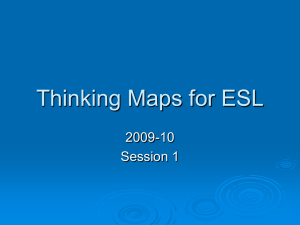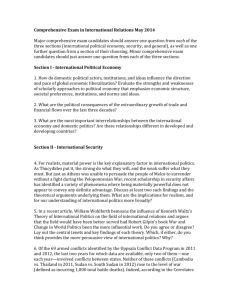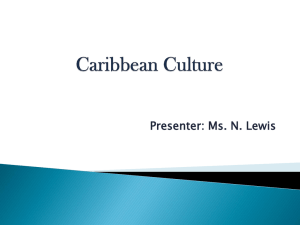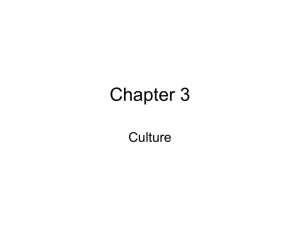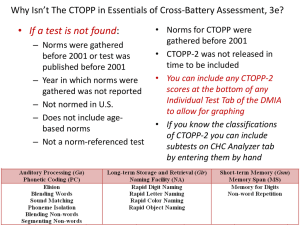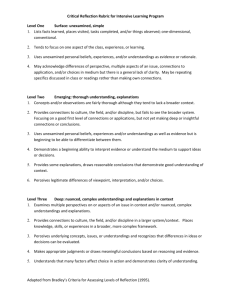Enculturation in Action: Developing Understanding of Technology
advertisement
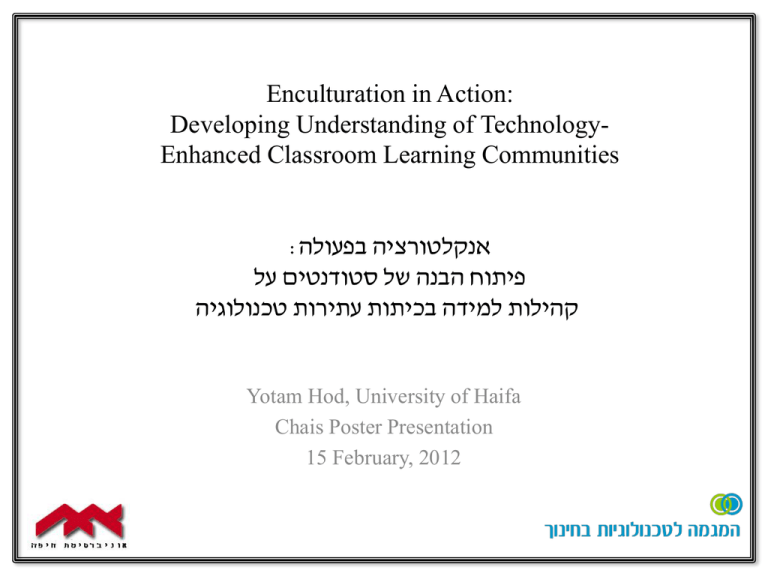
Enculturation in Action: Developing Understanding of TechnologyEnhanced Classroom Learning Communities :אנקלטורציה בפעולה פיתוח הבנה של סטודנטים על קהילות למידה בכיתות עתירות טכנולוגיה Yotam Hod, University of Haifa Chais Poster Presentation 15 February, 2012 Case Study Example quotes: • • • • “I learned to know myself as a learner, to distinguish, to define, to dare, to ask questions…” “Above the learning and above the content, something interesting is happening here… I feel like I’m growing, and I feel like the group is growing.” “The process led me to a deeper understanding that I am just at the beginning of understanding…” “Can we stay a little longer?” Example events: • • • • Emergent group norms discussions Extraordinary amount of effort Self-described deep changes Student-led ceremonies Technology-Enhanced Classroom Learning Communities (TCLCs) • …is a group of learners that demonstrate a culture of learning in a formal, blended classroom in which participants are actively engaged in a collective effort of understanding and where technology is involved meaningfully in supporting the learning process towards these ends1. • Performance view of understanding2 – “Visible” manifestation: Explanation, exemplification, application, justification, comparison/contrast, contextualization, generalization, representation • Enculturation & Social Norms – the process whereby a person adopts the language, rituals, habits, dispositions, and values of a particular culture while being immersed in it – Social norms: “Rules and standards that are understood by members of a group, and that guide and/or constrain social behavior without the force of laws” (Cialdini & Trost, 1998, p. 152) 1Based on Beilaczyc and Collins (1999); 2See Perkins (1992) Research Questions • How does students’ understanding of TCLCs develop? – What are students’ initial understandings of TCLCs? – What are the changes in students’ understandings of TCLCs as they actively participate and co-create one? – Under what circumstances do students’ understandings of TCLCs develop? – How do emergent group social norms relate to students’ understandings of TCLCs? CATELT Course Structure Design Meetings Based on Reflection, Collaboration, and LS Content Partial emergent design makes the students participants and co-creators Next Steps: • Complete data collection (interviews, transcriptions) • Further identify examples of developing understanding • Look at the personal stories within which these occur • Consider the social context of these developments References • Bielaczyc, K., & Collins, A. (1999). Learning communities in classrooms: A reconceptualization of educational practice. In C. M. Reigeluth (Ed.), Instructional design theories and models: A new paradigm of instructional theory (pp. 269-292). Mahwah NJ: Lawrence Erlbaum Associates. • Cialdini, R. B., & Trost, M. R. (1998). Social influence: social norms, conformity, and compliance. In D. T. Gilbert, S.T. Fiske, & G. Lindzey (Eds.), The handbook of social psychology (4th ed., Vol. 2, pp. 151–192). Boston, MA: McGraw-Hill. • Perkins, D. (1992). Smart schools: from training memories to educating minds. New York: Free Press.



